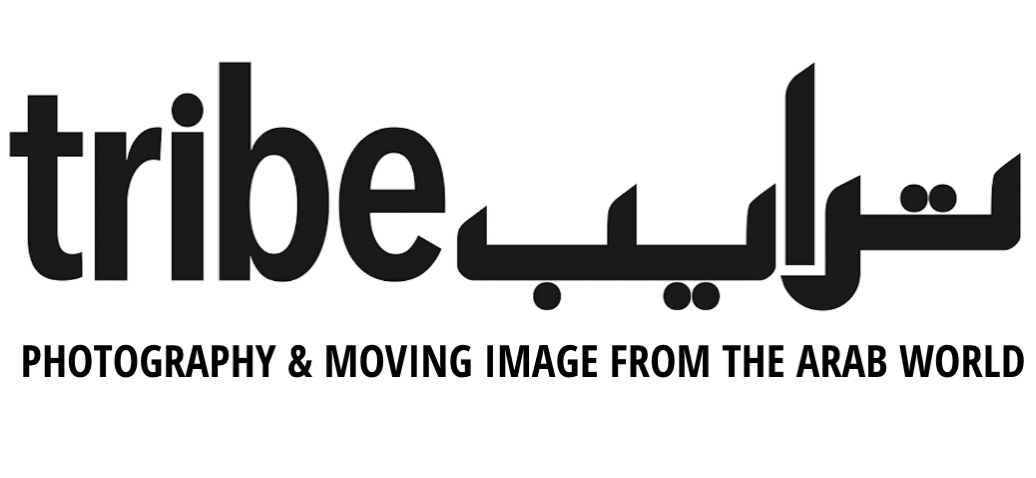21,39 Jeddah Arts: I Love You, Urgently
Transformation, climate and home in the wake of the Anthropocene
Alaa Tarabzouni and Fahad bin Naif, Al-Manakh, You Will Be Missed (2019) Installation view. Courtesy of the artists.
With text by Rachel Bennett, academic, artist and curator.
Since 2013, the Saudi Art Council—a collective of committed patrons based in Saudi Arabia’s Red Sea port of Jeddah—have hosted annual winter art events, attracting regional and international curators, institutional heads and art lovers to the city. In the early days, a week of exhibitions, auctions, and artist studio visits; today, an extended programme across multiple venues and three months attracting thousands of visitors.
Refreshingly, as the event has grown in scope, it has remained steadfast in its intimate connection to its home, appointing curators who have long been part of its distinctive scene rather than those parachuted in from further afield. The 7th Edition is no different—taking place under the stewardship of Maya El Khalil, the founding director of Athr Gallery which last year celebrated its 10th anniversary. Absent of any people, the resilience of the landscape is poetic and reverent, respectful of what nature is capable of despite it all.
The exhibition’s curatorial focus is no different. Hewn close to themes of dialogue and transformation, its title I Love You, Urgently insists on a speaker and an addressee. There is a subject unknown that projects the insistent lament to an object unspecified. In the exhibition’s new media works, this ambiguous absence/presence plays out in polarities—either across terrains eerily unpopulated, or through human beings pushed beyond any recognisable relationship to the alien environments they inhabit. In this poetic address, El Khalil and the artists contend with the contradictions and challenges of the Anthropocene—the current geological age, in which human activity is considered the dominant influence on climate and the environment.
For Aziz Jamal, the tension is palpable in the abandoned waterparks of the Eastern Province. His film 1056% deals with water scarcity in Saudi Arabia—saddled with an unimaginable water debt, it still builds these monuments to excessive water consumption. There are no people to be found in his candy-coloured scenes, no water either, just a heat that beats down and the occasional ominous presence of black crows. Fahad bin Naif and Alaa Tarabzouni have, through photography and artefacts, documented without human presence the human-made ecology found in Riyadh’s Al-Manakh neighbourhood, home to the behemoth Yamamah Cement Company and a park. Though the plant’s role exacerbating the conditions of the Anthropocene is undeniable, the area also has a strangely abundant ecology.
In contrast to these uncannily unpopulated scenes, Marwah Almugait and Mohammad Alfaraj train their lens on human forms. But the figures have become absorbed and formed by the actions and behaviours of nature, the qualities of their civilised “human-ness” sublimated to a more intuitive, adapted form. In the case of Alfaraj, this is a sinister subsuming shot in anxiety-inducing infra-red, where labourers subjected to impossible heat take on the qualities of hardy local flora and fauna. In stark contrast, Almugait’s meditative multi-person performance is mesmerising, a group of women moving as one in a choreography that takes cues from the reactive, unconscious defence mechanisms of organisms in nature.
It’s in the extremes of empty expanses vs. human discord sited within landscape settings in this iteration of 21,39 that El Khalil offers a way to grasp the contrary nature of the epoch. In the moment in which we recognise the irreversible damage we have done to the earth, naming our geology after ourselves, we also begin to appreciate the immense interconnectedness of all planetary systems and our decentralised insignificance in that scheme.
Bennett, Rachel (2020). 21,39 Jeddah Arts: I Love You, Urgently. Tribe, 10, 16-17.



